All Natural vs Synthetic Comparison
emgardener
12 years ago
Related Stories

UPHOLSTERYTextile Textbook: Meet Your Must-Have Synthetic Fabrics
From the living room to the backyard, these textiles deserve a closer look by parents, pet lovers and those on the go
Full Story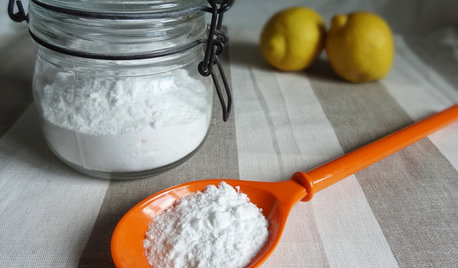
HOUSEKEEPINGBaking Soda: The Amazing All-Natural Cleanser You Already Own
Battle grime, banish odors and freshen clothes with this common nontoxic cupboard staple
Full Story
GREEN BUILDINGInsulation Basics: Natural and Recycled Materials
Consider sheep’s wool, denim, cork, cellulose and more for an ecofriendly insulation choice
Full Story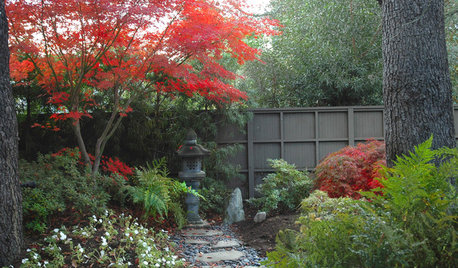
COLORNature’s Color Wisdom: Lessons on Red From the Great Outdoors
Dab some of Mother Nature’s rouge around the home for an eye-opening look
Full Story
HEALTHY HOMENatural Beds: How to Shop for a Greener Mattress
Before bouncing from store to store, start here to find the right chemical-free mattress for you
Full Story
DECORATING GUIDESTextile Textbook: Know Your Natural Fibers
Whether you desire fresh linen sheets or a swanky mohair rug, Mother Earth has you covered
Full Story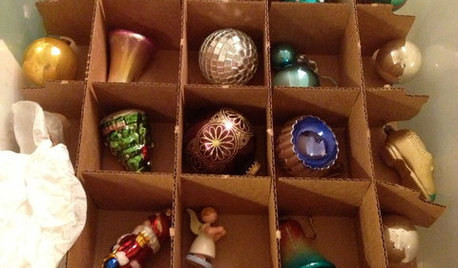
HOLIDAYSChristmas Cleanup Tips for the Not Naturally Organized
Dreading the postholiday chores? First let yourself unwind. Then grab some boxes, a few supplies and this easy guide
Full Story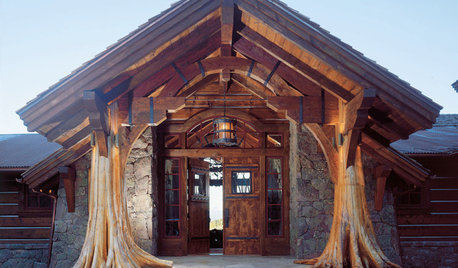
THE ART OF ARCHITECTUREOutside In: You, Me and Nature, Cozy Together
From reclaimed tree trunks to soaring coastal views, designers and homeowners are finding ways to bring the inspiring outdoors inside
Full Story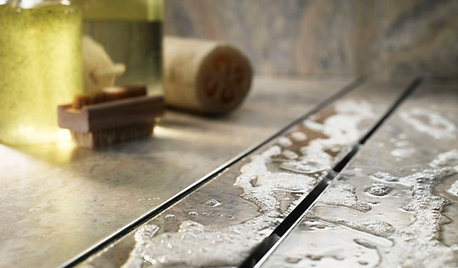
HOUSEKEEPING12 Cleaning Projects That Go a Little Deeper — Naturally
Eucalyptus oil for germy door handles. Baking soda for oven grime. Here are nontoxic solutions for often-overlooked cleaning jobs
Full Story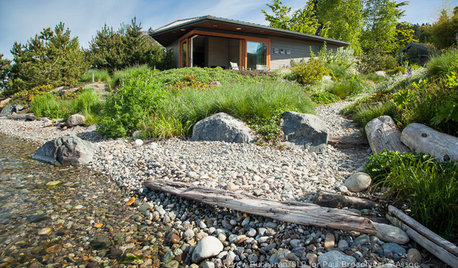
INSPIRING GARDENSLawn Gives Way to a More Natural Lakeside Garden
Meadow grasses, beach pebbles and driftwood replace turfgrass in a nature-friendly landscape on Lake Washington’s shore
Full StoryMore Discussions






prestons_garden
cebury
Related Professionals
Maywood Landscape Contractors · Muttontown Landscape Contractors · Paterson Landscape Contractors · Point Pleasant Landscape Contractors · Shaker Heights Landscape Contractors · Shoreview Landscape Contractors · Glen Ellyn Solar Energy Systems · Madison Solar Energy Systems · East Hanover Solar Energy Systems · Coconut Grove Window Contractors · Canoga Park Fence Contractors · Olive Branch Fence Contractors · Paramount Fence Contractors · Sacramento Fence Contractors · Walnut Fence Contractorsnullzero
Joe1980
emgardenerOriginal Author
Astroknot
emgardenerOriginal Author
Astroknot
candogal
meyermike_1micha
Joe1980
prestons_garden
emgardenerOriginal Author